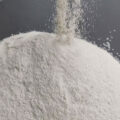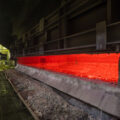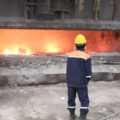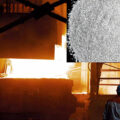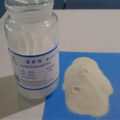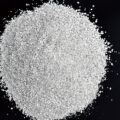In the preparation process of aluminum and aluminum alloys, fluxes are used to remove alkali metals and alkaline earth metals. Aluminum alloys contain harmful alkali metals and alkaline earth metals. These harmful metals can be effectively removed by using MgCl2 and KCl fluxes.
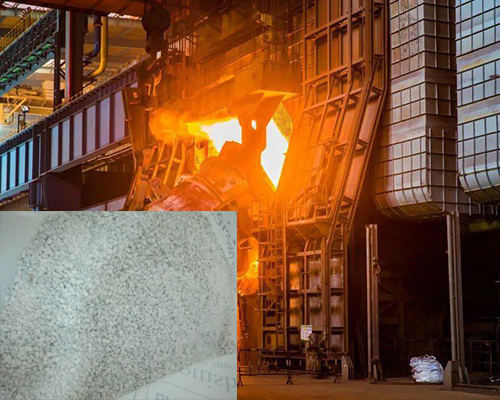
Metallurgists are well-known that certain alkali and alkaline earth metals can adversely affect the performance of lightweight and ultra-lightweight alloys, even in very small amounts. For example, a low amount of sodium of 5 to 10 ppm significantly reduces the hot-rollability of aluminum alloys. When the calcium content exceeds 150 ppm, it will adversely affect the melting performance of eutectic and hypereutectic aluminum-silicon alloys to a considerable extent.
Now, the so-called initial fusion aluminum usually contains 5 to 40 ppm of sodium and 50 to 40 ppm of calcium, and the calcium content in aluminum can rise to hundreds of ppm.
There are many ways to eliminate sodium and calcium, such as chlorination or the use of fluoride-based fluxes. The disadvantage of these methods is that they involve the use of corrosive and polluting products (chlorine, fluoride) and cause the loss of magnesium in the form of MgCl2 or MgF2. In addition, the maintenance and operation of chlorination plants involve many problems.
By using magnesium chloride (MgCl2) as a fluxing agent, contamination can be limited to acceptable levels and sodium and calcium can be eliminated. Unfortunately, MgCl2 is very hygroscopic. Once hydrated, it will decompose into hydrochloric acid (HCl) magnesium oxide (MgO) and/or magnesium oxychloride at the temperature of molten aluminum, which greatly reduces its effectiveness.
In addition, its relatively high melting point (720°C) is another disadvantage, because to ensure sufficient fluidity, it must be heated to a temperature close to 800°C, and in most cases, aluminum will be avoided as much as possible. Heat to such a high temperature to save energy and avoid the risk of oxidation.
In order to eliminate these shortcomings, harmful components (especially sodium and calcium) are removed by refining flux that has a melting point lower than aluminum and is basically not affected by atmospheric moisture without losing any magnesium. The aluminum alloys fluxes are mixture of magnesium chloride and potassium chloride, and the weight ratio is 80-60% magnesium chloride and 20-40% potassium chloride.





